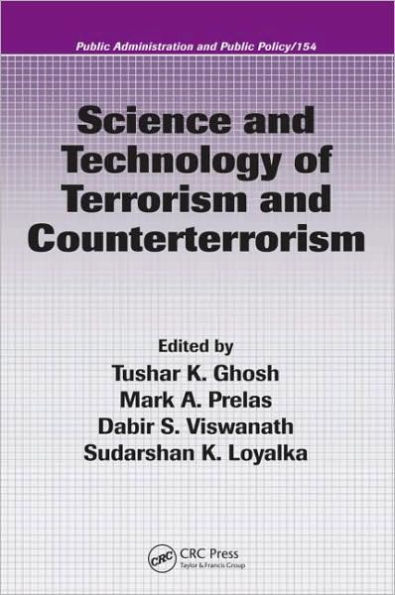5
1
9781420071818



Science and Technology of Terrorism and Counterterrorism / Edition 2 available in Hardcover

Science and Technology of Terrorism and Counterterrorism / Edition 2
- ISBN-10:
- 1420071815
- ISBN-13:
- 9781420071818
- Pub. Date:
- 11/04/2009
- Publisher:
- Taylor & Francis
- ISBN-10:
- 1420071815
- ISBN-13:
- 9781420071818
- Pub. Date:
- 11/04/2009
- Publisher:
- Taylor & Francis

Science and Technology of Terrorism and Counterterrorism / Edition 2
$170.0
Current price is , Original price is $170.0. You
170.0
In Stock

Product Details
| ISBN-13: | 9781420071818 |
|---|---|
| Publisher: | Taylor & Francis |
| Publication date: | 11/04/2009 |
| Series: | Public Administration and Public Policy , #154 |
| Edition description: | New Edition |
| Pages: | 604 |
| Product dimensions: | 7.20(w) x 10.10(h) x 1.30(d) |
About the Author
What People are Saying About This
From the B&N Reads Blog

